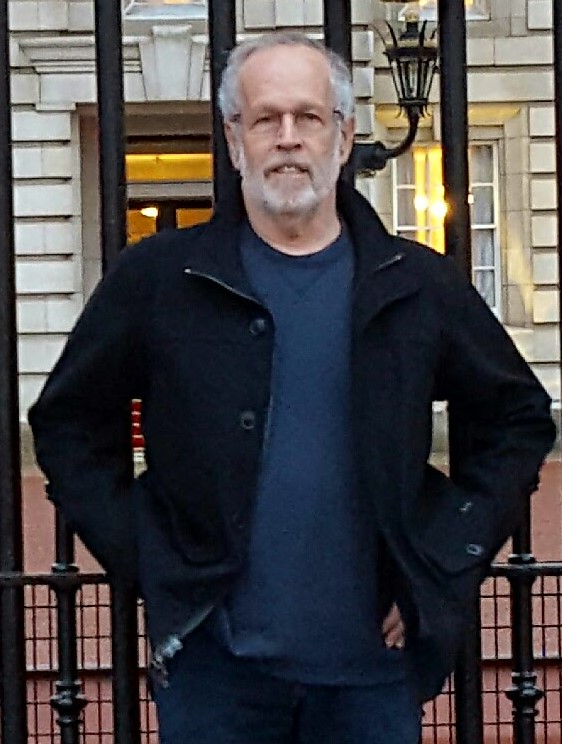The solution: Bulk mail those induction notices. Revisiting the Selective Service System, or the more egalitarian 21st Century version National Service, could be the answer. You know, The Draft. It feels so good not to mutter it to myself anymore.
For starters, ever since the United States embarked on its Crusade, or more correctly Obama's Overseas Contingency Operation, the military has committed hundreds of millions of dollars each year to less reluctant, at times more gullible recruits as they raised their right hands. These incentives would be history, with draftees even freeing up professional soldiers for longer dwell times at home or rotations in Armed Forces Career Centers, instead of hot zones in Southwest Asia.
Add to this a gradual phasing out of over 250,000 costly mercenaries with draftees, and the Defense Department would be talking real money over the long haul. According to May 2009 Pentagon numbers, DoD contractor personnel account for at least 50% of the Iraq, Afghanistan, and US Central Command area of responsibility, and a recent Commission on Wartime Contracting report to Congress reveals "there is still no clear picture of who the contractors in theater are, what services they provide, which contracts they perform, and what their support costs are."
And it's one, two, three,
What are we fighting for?
Don't ask me, I don't give a damn"
Sound familiar? While some of Country Joe's I'm-Fixin'-to-Die-Rag lyrics remain unprintable, the sentiment remains the same on Woodstock's 40th anniversary. War correspondent Michael Herr once said, "All the wrong people remember Vietnam." Oh, I remember it all right.
Vietnam and Afghanistan comparisons are hardly a stretch for a veteran that grew up on LBJ's back door escalations. But for Walter Cronkite and real news, it would be difficult not to draw policy parallels in either campaign, with progress on the ground a hard sell or timelines a definite nonstarter. On top of this, a phantom Afghan exit strategy would inevitably lead to another war of attrition requiring nothing short of a steady stream of conscripts to fuel it.
As Americans wave flags and root on pundits, 1% of us fights our fights and copes with casualties, while the war market booms. More than 55% of our tax dollars go to our most lucrative exports, war and weapons, and many of us sit by, no questions asked. The "99 percenters" are long overdue shouldering more responsibility for this country's war economy.
One way to make this happen is to bring back compulsory military service or national service, a common practice worldwide among many of our staunchest allies. US Representative Charles Rangle, a Korean War veteran, and sponsor of the Universal National Service Act of 2007, puts it simply, "Those who love this country have a patriotic obligation to defend this country. For those who say the poor fight better, I say give the rich a chance."
A universal national service act, what could be more even-handed? And in Rangle's bill, a random selection to require all persons - men and women - in the United States between the ages of 18 and 42 to perform national service, either as a member of the uniformed services or in civilian service in furtherance of the national defense and homeland security, to authorize the induction of persons in the uniformed services during wartime to meet end-strength requirements of the uniformed services.
I sense General Lewis B. Hershey rolling over in his Arlington plot right now at the mere mention of random. The longest serving director of the Selective Service held as much sway over able-bodied high school and college age males, as any counselor, coach, or steady girl, from 1941 until his dismissal in 1970, and fed the Vietnam grinder with a steady stream of 1-A conscripts, accounting for 20,000 of the 58,000 deaths.
But I said win-win didn't I?
While I was boring holes in the sky over the Gulf of Tonkin, questioning my own involvement in another seemingly endless conflict, hundreds of thousands of people back home were doing something about it. Americans representing every demographic, but mostly draft-age students with their futures on the line had finally had it. National sentiment toward ending the war would not have happened without the 1967 march on the Pentagon, the Chicago Eight police protests, the Kent State killings, the Madison antiwar demonstrations, and National Moratorium days involving hundreds of thousands united in solidarity. They too wanted their country back, and they knew they had to take to the streets to make it happen.
(Note: You can view every article as one long page if you sign up as an Advocate Member, or higher).





